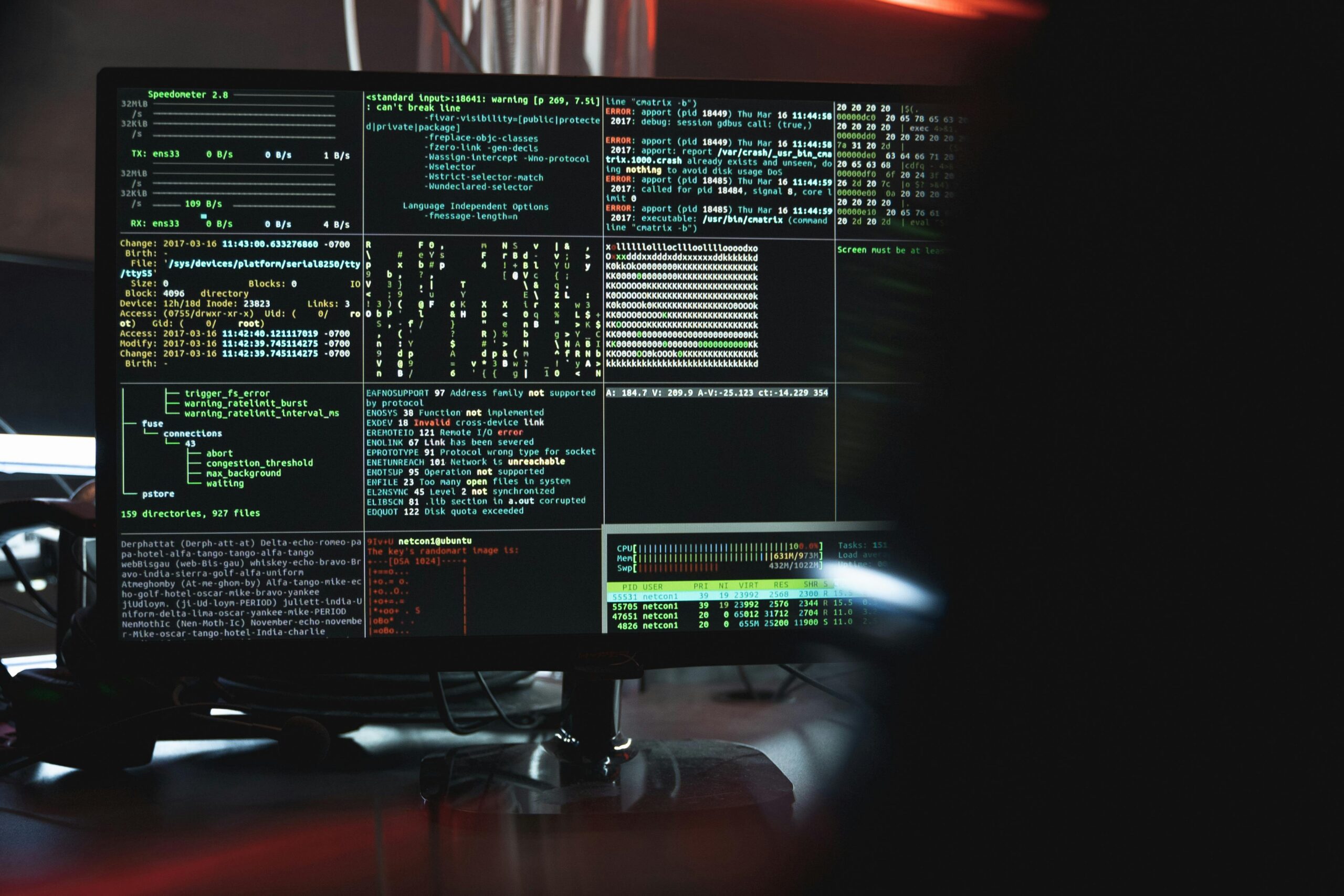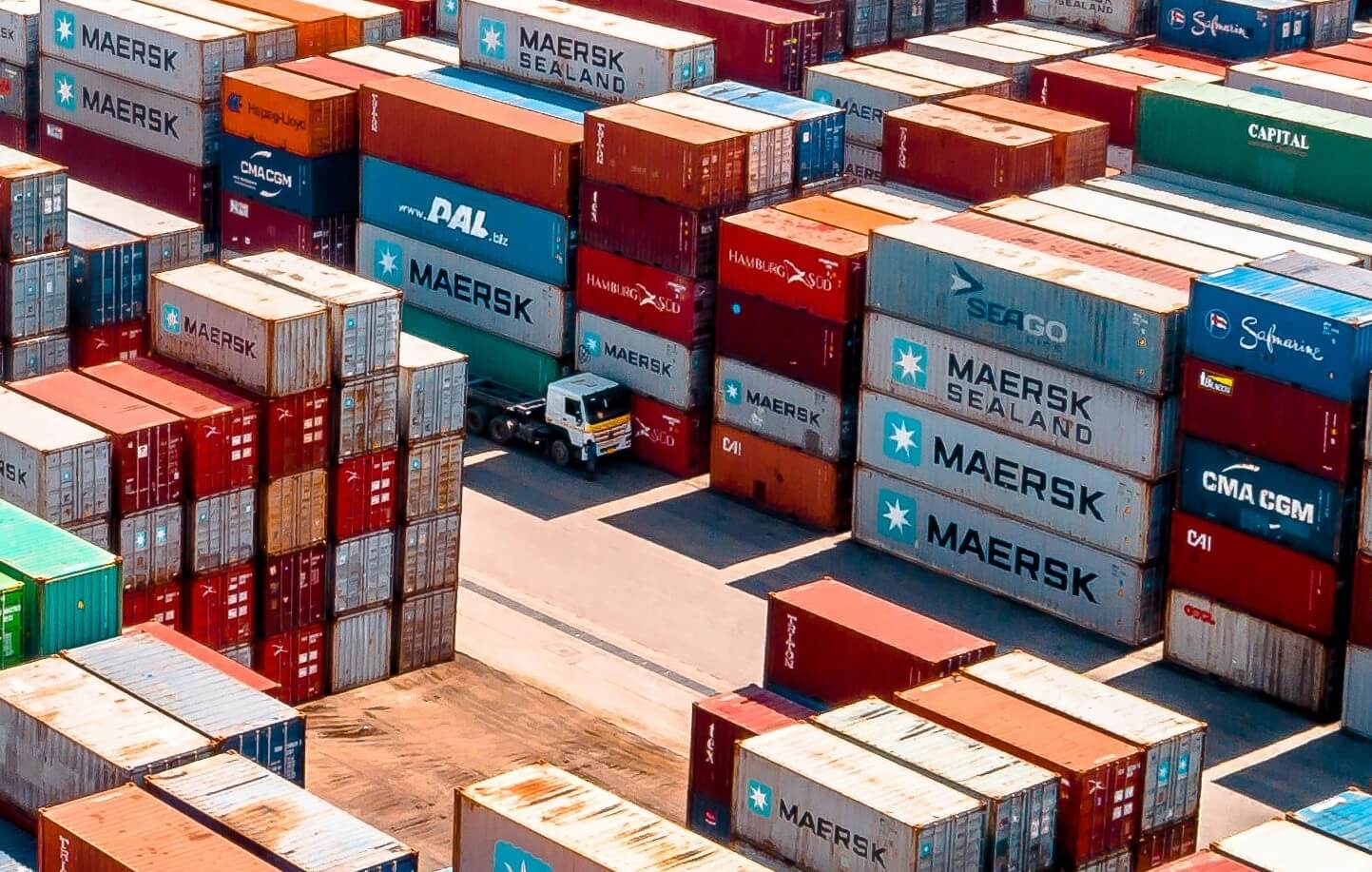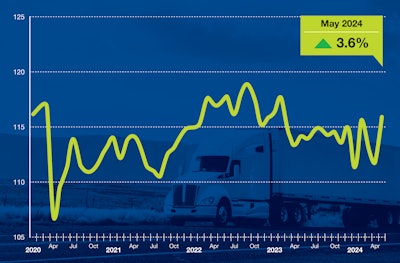CloudGuard, a top Microsoft security automation expert and Managed Security Services Provider, has established a new Security Operations Centre (SOC) in Manchester to support local businesses with cyber-security in the face of rising threats.
This strategic initiative is designed to address the increasing needs of customers, offering 24-hour year-round security expertise to businesses both in the UK and internationally. This expansion is particularly beneficial for small and medium-sized enterprises (SMEs) that often lack the resources and skills to develop and manage their own SOC teams effectively.
Following the recent move of its Head Office to Manchester, CloudGuard continues to reinforce its presence in the city, leveraging Manchester’s rising status as a key cyber hub.
The expanded SOC will deliver exceptional security services to local businesses including operational and incident response, security product support, threat hunting, security automation, and advanced data science.
Matt Lovell, CEO of CloudGuard said: “As our customers and their requirements continue to change and evolve, so must we. We are delighted to now include greater round-the-clock UK-based security expertise at all levels from our Manchester home. Manchester is rapidly becoming a major cyber hub for talent and expertise, and our growing partnership with universities in the area to accelerate our data science and automation developments is really exciting.
“Our commitment to continually improving our customers’ cybersecurity posture through AI and automation remains at the core of CloudGuard. Our Guardians work closely with customers to understand their evolving business changes and threat landscapes, helping to continually improve cyber posture and reduce risks.”
Since launching its managed SOC service in 2022, CloudGuard has provided crucial cybersecurity solutions, addressing the increasingly frequent, targeted, and sophisticated attacks faced by SMEs. The SOC’s services now include comprehensive email and integrated application security monitoring, operational technology (OT), and incident response (IR) expertise. This ensures that solutions are fully tailored to meet each business’s unique security requirements.
CloudGuard’s automation-led approach, combined with human intervention for contextual understanding and product expertise, ensures a seamless and integrated incident resolution experience. The newly launched SOC will now offer round-the-clock detection, response, support, and resolution, giving customers peace of mind that their cybersecurity needs are comprehensively met.
CloudGuard has developed long-term strategic partnerships with industry leaders such as Microsoft, Recorded Future, Dragos, CrowdStrike, Google, Sophos, and Tenable. Recently, these partnerships have been extended to include Fortinet, CloudFlare, Abnormal, and Wiz. These collaborations enhance CloudGuard’s capabilities to provide closer integration and AI-driven cyber automated response to resolution for email, network, cloud services, and enhanced user behavioural analytics.






